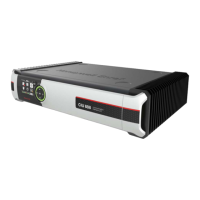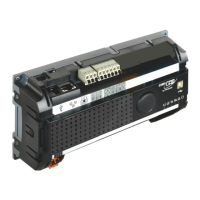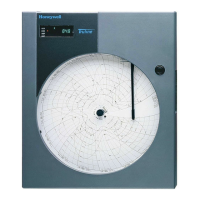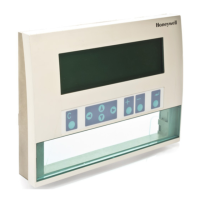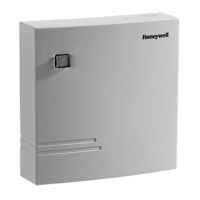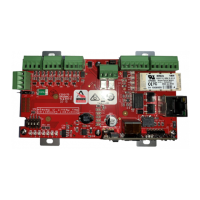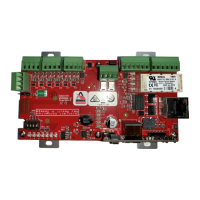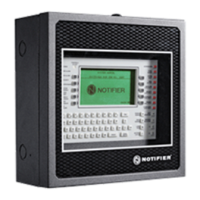perating and Installation
password can be any combination of printable characters, including spaces, such as “B
Smith” or “1234”. The total number of characters for
the user name and password cannot
exceed 48 characters. Often the cellular provider has a specific format for the username and
password, so you will need to obtain that information from them.
The password is hidden on this screen for added security. You must enter the password twice
to verify that it was entered correctly.
If PAP is not required then
the user name and password fields
be blank, otherwise the connection may be re
GSM cellular radios require a memory card called a SIM card (Su
This is issued when the cellular service is purchased. A SIM holds information about the
account so that certain services are made available t
o the customer such as Internet access. A
SIM card can be moved to a different phone or radio, and the account information moves with it.
Though convenient, this may encourage someone to steal the SIM card, insert it into his or her
d make hundreds of hours of calls that will be billed to you or your
tification number (PIN) is an extra security measure to prevent unauthorized use
of a SIM card. The PIN number can range from 1 to 8 numeric digits long and can
by the cellular service provider when the card is activated.
The setting has no affect in CSD mode. In packet (IP) mode the data from the
assembled into “packets” and sent on to the central computer. The maximum packet size is
1100 bytes. Depending upon cellular network congestion and the quality of the radio
connection, it may help to reduce the packet size. The larger
the packet, the more chance there
is for errors. Several smaller packets may have a better chance of arriving intact than a single
large one. As each packet arrives at the central computer, it is checked for errors. If a packet
computer will request retransmissions until it arrives intact or until a
maximum number of retries have occurred. This can introduce significant delays and may
increase the cost of the cellular service. Remember, the cost of packet service is based on th
number of bytes exchanged in a month. Excessive retries may cause your maximum plan limit
If you notice excessive retries, or if the connection between the
terminates early or often, this may be the cause
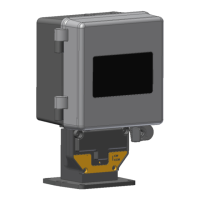
